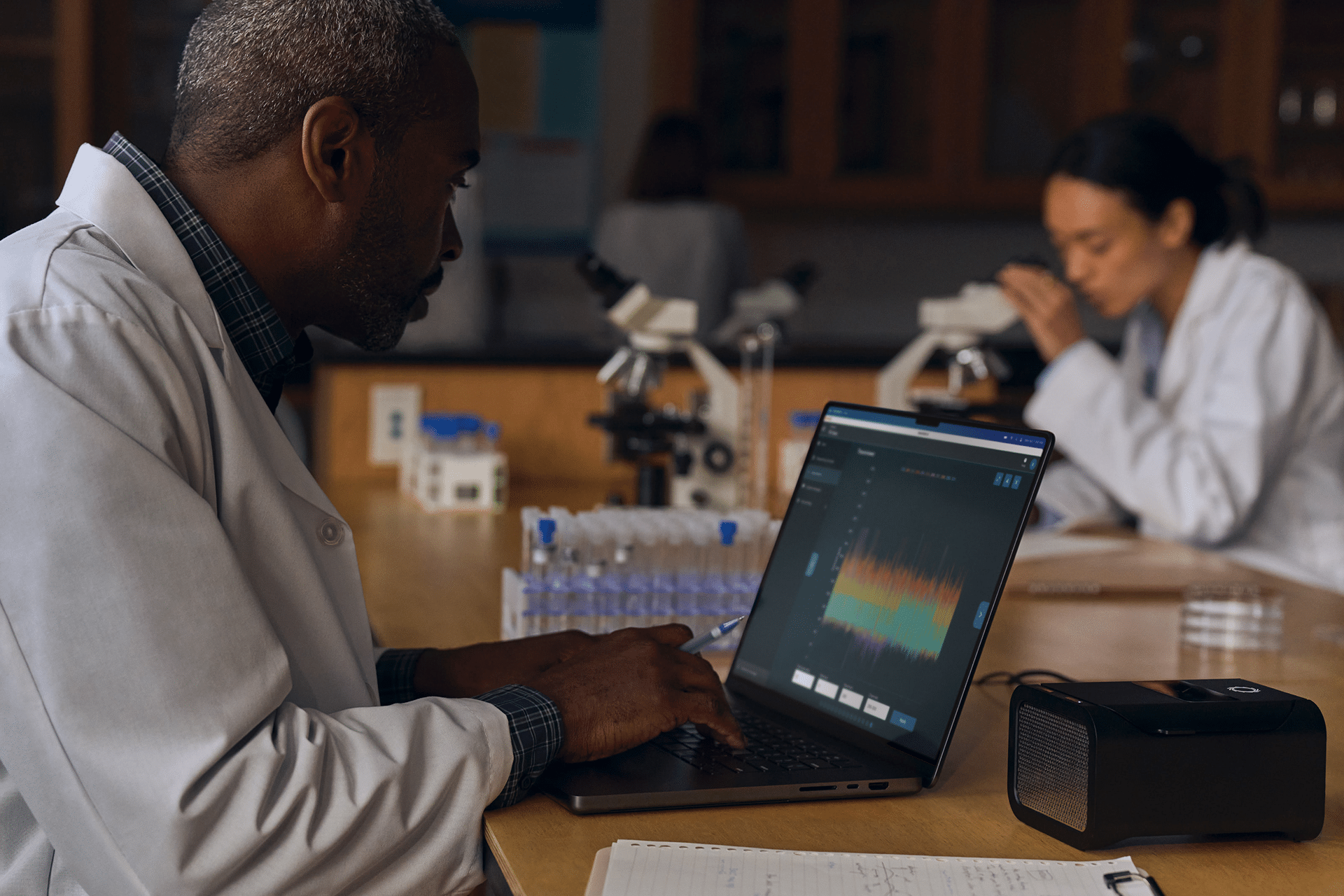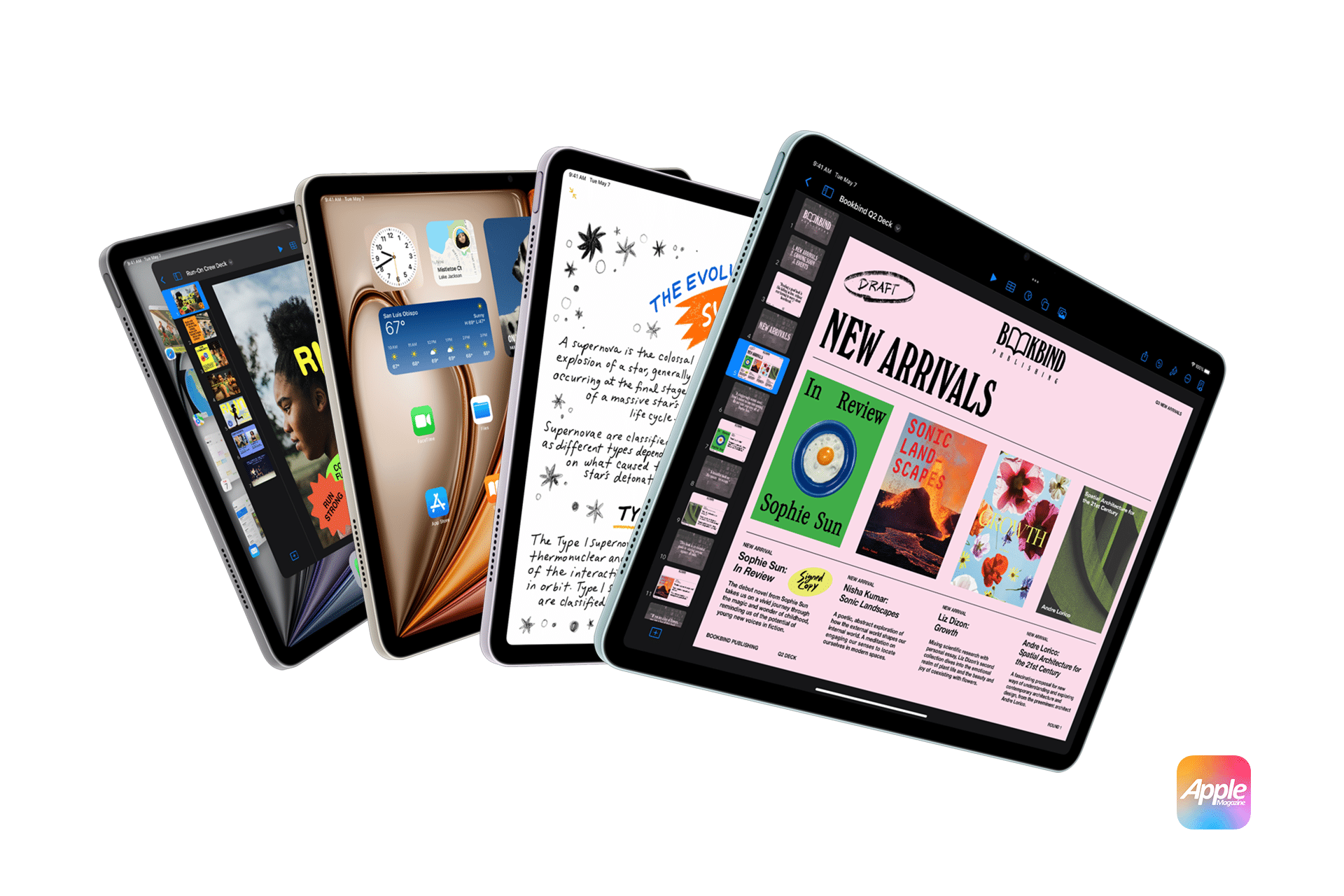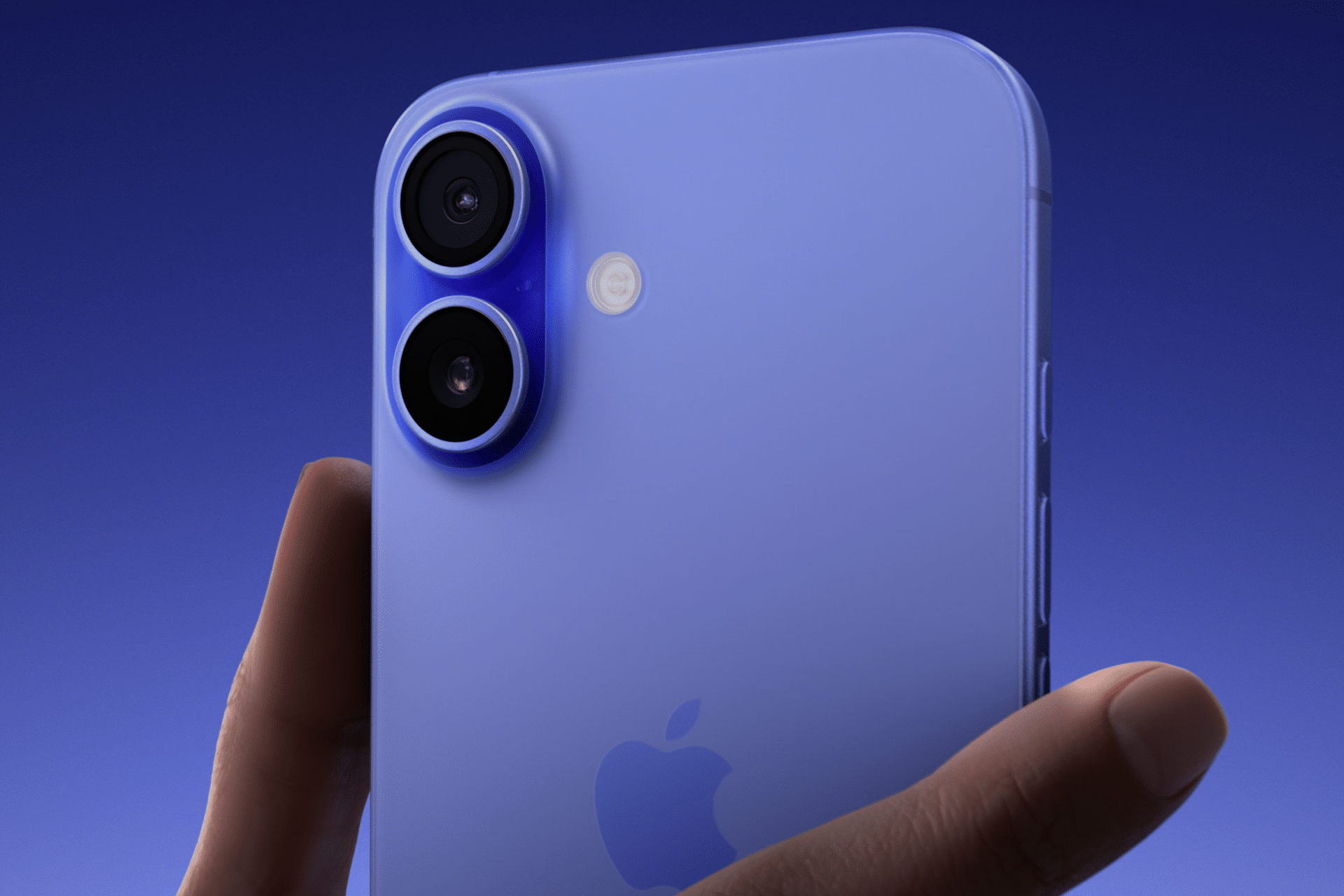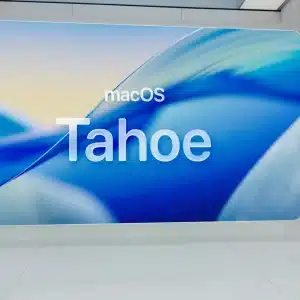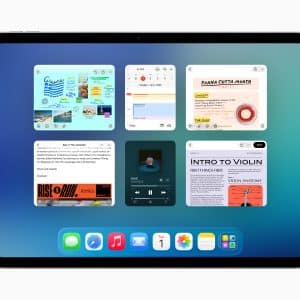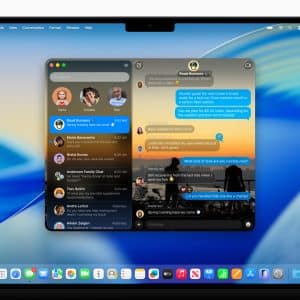This move is part of Apple’s ongoing efforts to encourage users to upgrade to newer devices while promoting sustainable technology practices. By increasing the value of older Macs, Apple aims to make its trade-in program more appealing, giving customers greater financial incentives to invest in the latest MacBook, iMac, and Mac mini models.
The rise in Apple Mac trade-in values presents a win-win situation: users can upgrade their devices at a lower out-of-pocket cost, while Apple continues to lead its recycling and refurbishment initiatives. Let’s break down the details of this update and how you can take full advantage of the improved program.
Apple’s trade-in program allows users to exchange eligible older devices for credit toward the purchase of a new product. The program extends across Macs, iPhones, iPads, Apple Watches, and more, with the trade-in value determined by the device’s model, condition, and specifications.
The trade-in process is simple:
- Device Assessment: Users provide details about their current device on Apple’s website or at an Apple Store.
- Trade-In Value Offer: Apple offers a trade-in estimate based on the device’s condition.
- Credit Application: If accepted, the trade-in value can be applied as a discount on a new purchase or issued as an Apple Store gift card.
- Device Turn-In: Users either mail in their old device or hand it over in-store to complete the transaction.
With the recent changes, Apple has significantly increased the trade-in values for certain Mac models, giving users even more reasons to upgrade.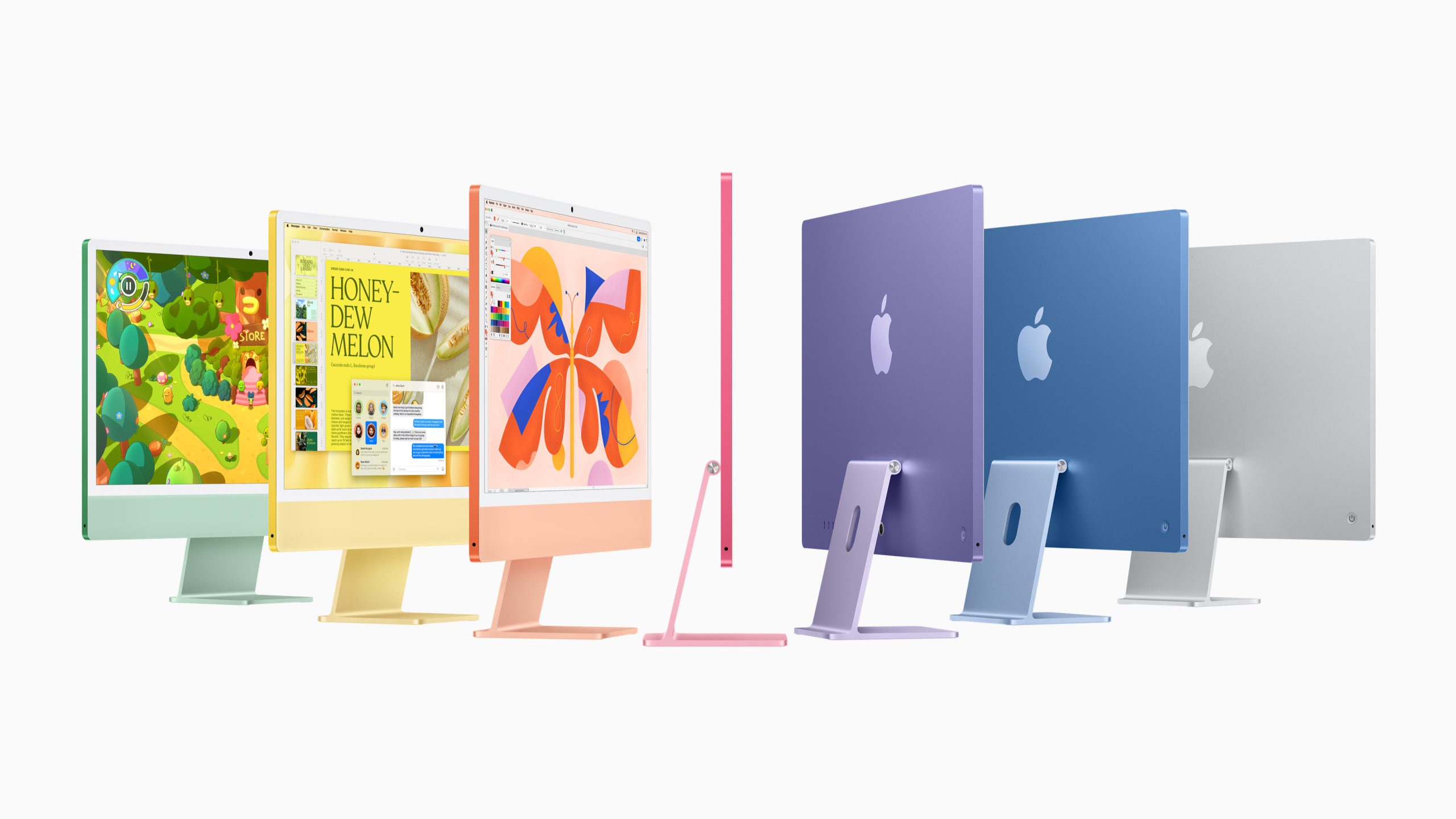
Which Mac Models Qualify for Higher Trade-In Values?
Apple has not disclosed the exact list of models affected by the trade-in value increase. However, historically, the program has provided higher trade-in offers for newer models and those equipped with Apple’s custom silicon chips, such as the M1 and M2 series.
1. MacBook Air and MacBook Pro
MacBook Air and MacBook Pro models, especially those with M1 and M2 processors, are likely to see some of the highest trade-in values. These devices have remained popular among professionals and students due to their performance, portability, and battery life.
2. iMac and Mac mini
The iMac and Mac mini, which were updated with Apple Silicon in recent years, also stand to benefit from improved trade-in offers. Users upgrading to the latest models, particularly those featuring M3 chips in the near future, can expect higher credits when turning in their older devices.
3. Intel-Based Macs
Although Apple is transitioning away from Intel-based Macs, these devices still hold value in the trade-in program. Users with Intel-powered models may see moderate increases in trade-in value, though Apple is prioritizing devices with Apple Silicon for the best offers.
Why Is Apple Increasing Mac Trade-In Values?
Several factors contribute to Apple’s decision to raise Apple Mac trade-in values. From encouraging upgrades to promoting environmental sustainability, this move aligns with Apple’s broader strategic goals.
1. Driving New Mac Sales
By offering higher trade-in values, Apple lowers the financial barrier for users considering an upgrade. This strategy is particularly effective when Apple introduces new models with significant performance improvements, such as those equipped with next-generation chips like the M3.
For users who may have hesitated to upgrade due to cost, the enhanced trade-in program provides a more compelling reason to make the switch.
2. Promoting Sustainability and Recycling
Apple’s trade-in program is a core component of its environmental initiatives. By refurbishing or recycling older devices, Apple reduces electronic waste and recycles valuable materials like aluminum and rare earth elements.
Higher trade-in values incentivize users to participate in these sustainability efforts, helping Apple meet its long-term goal of becoming carbon-neutral across its entire supply chain by 2030.
3. Strengthening User Loyalty
Apple’s commitment to user experience extends beyond product design—it includes offering financial incentives to retain customers within the Apple network. The improved trade-in program reinforces Apple’s reputation for high-value products and services, encouraging long-term brand loyalty.
How Much Can You Expect from the Trade-In Program?
The exact trade-in value of a Mac depends on several factors, including the model, year of release, specifications, and physical condition. Apple typically provides higher offers for newer devices that are in good working order, free of major damage or defects.
Here’s a rough estimate of trade-in values for various Mac models:
- MacBook Pro (M1 or M2): Up to $900, depending on configuration and condition
- MacBook Air (M1 or M2): Up to $700
- iMac (Apple Silicon): Up to $1,000 for high-end models
- Mac mini: Up to $500 for recent models
Users can visit Apple’s trade-in page to get a personalized estimate based on their device.
Tips for Maximizing Your Trade-In Value
To ensure you get the highest possible credit for your Mac, follow these best practices when preparing your device for trade-in.
1. Backup and Erase Your Data
Before turning in your Mac, it’s essential to back up your data using Time Machine or another storage solution. Once your data is secure, you should erase the device and restore it to factory settings.
2. Clean and Inspect the Device
A clean and well-maintained device is more likely to receive a higher trade-in value. Wipe down the screen, keyboard, and exterior with a soft, lint-free cloth. Additionally, check for any visible damage, such as dents or scratches, and consider minor repairs if feasible.
3. Include Accessories
Including original accessories like the power adapter, cable, and packaging can increase the trade-in value. These items demonstrate that the device is well cared for and ready for resale or refurbishment.
4. Be Honest About Condition
When describing your Mac’s condition during the assessment process, be honest about any issues or defects. Apple will verify the device’s condition upon receipt, and discrepancies may result in a lower trade-in offer.
Alternatives to Apple’s Trade-In Program
While Apple’s trade-in program is convenient, users may want to explore other options for selling or recycling their Mac.
1. Third-Party Trade-In Services
Companies like Best Buy, Amazon, and Gazelle offer trade-in programs that may provide competitive offers. However, these services may not offer the same level of integration with new Apple purchases.
2. Direct Sales
Selling your Mac privately through platforms like eBay, Craigslist, or Facebook Marketplace can sometimes yield higher returns than Apple’s trade-in program. However, this option requires more effort and carries potential risks, such as dealing with unreliable buyers.
3. Local Electronics Recycling Centers
For users with older or damaged devices that hold minimal resale value, local electronics recycling centers provide a responsible way to dispose of e-waste.
What This Means for Apple Users
The increase in Apple Mac trade-in values signals Apple’s commitment to providing value and convenience for its customers. By participating in the trade-in program, users can enjoy several benefits:
- Cost Savings: Lower out-of-pocket costs for new Mac models
- Sustainability: Contribution to Apple’s recycling and refurbishment initiatives
- Seamless Upgrades: An integrated trade-in process that simplifies the transition to new devices
This initiative also reflects Apple’s broader focus on customer retention and product innovation, reinforcing its position as a leader in the tech industry.
The updated Apple Mac trade-in values offer a compelling reason for users to upgrade their devices while supporting Apple’s sustainability goals. By increasing trade-in credits, Apple not only incentivizes new purchases but also promotes a more environmentally friendly approach to technology consumption.
Whether you’re considering a new MacBook, iMac, or Mac mini, now is an excellent time to take advantage of Apple’s improved trade-in program.
